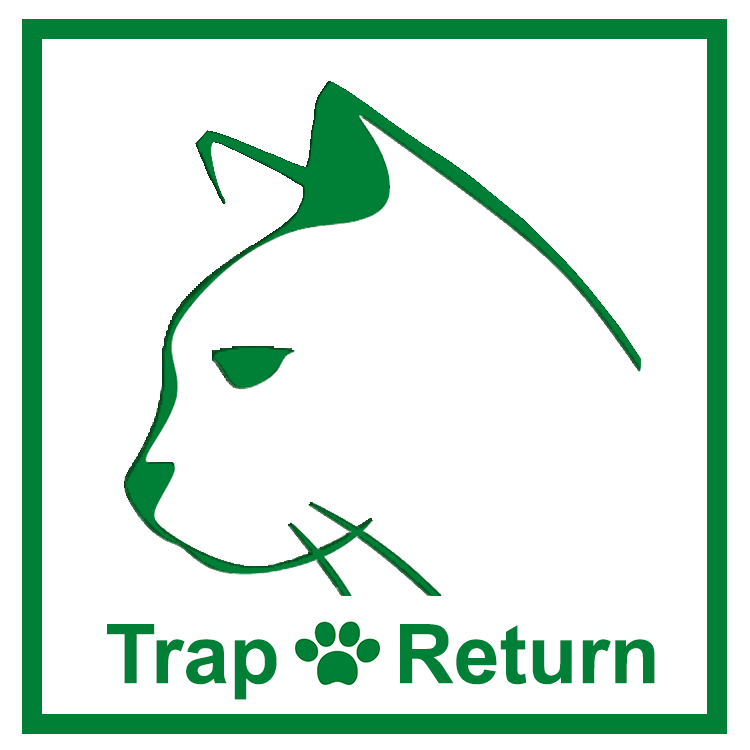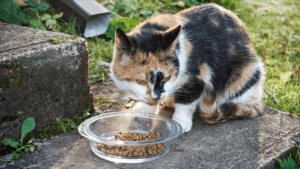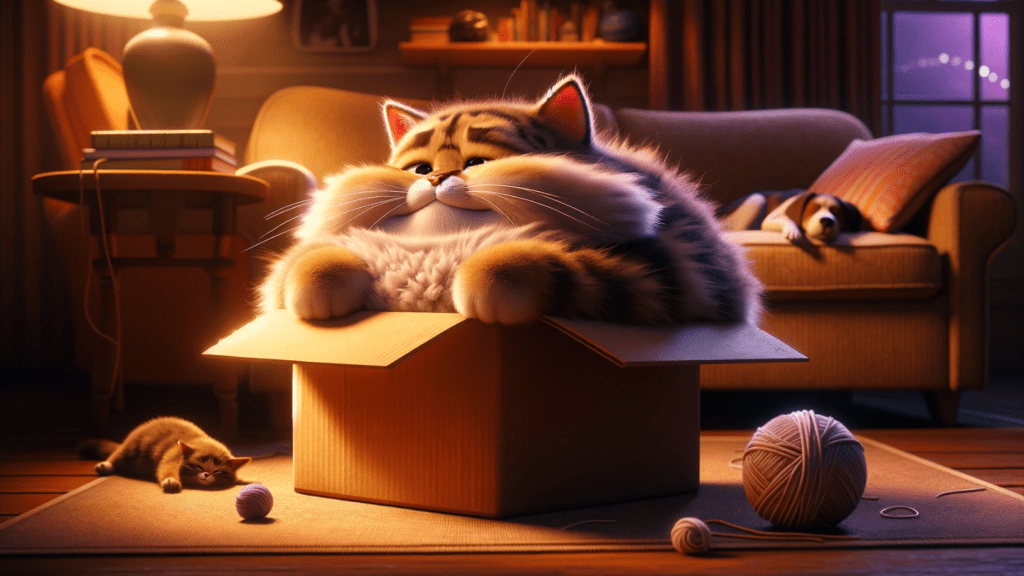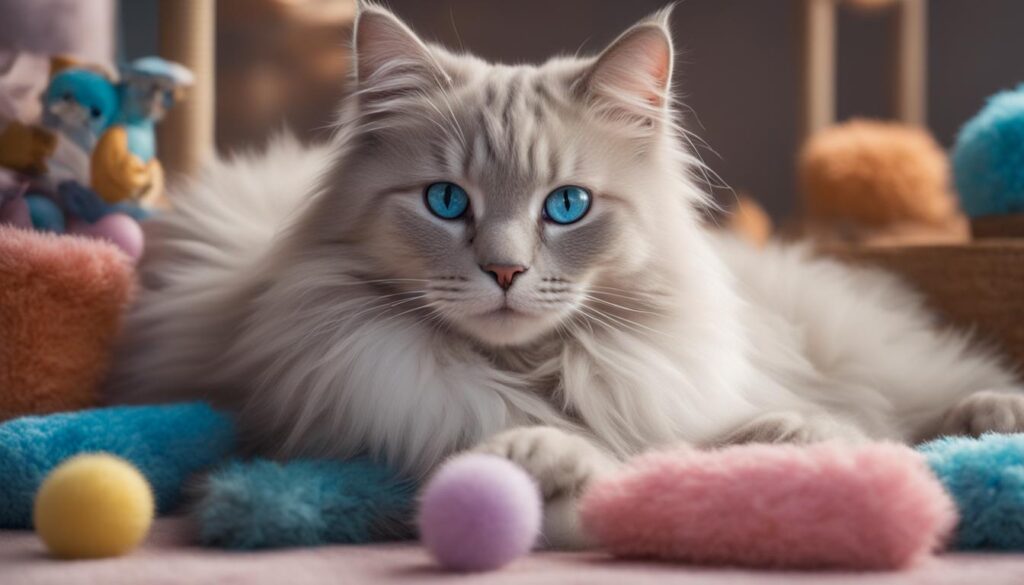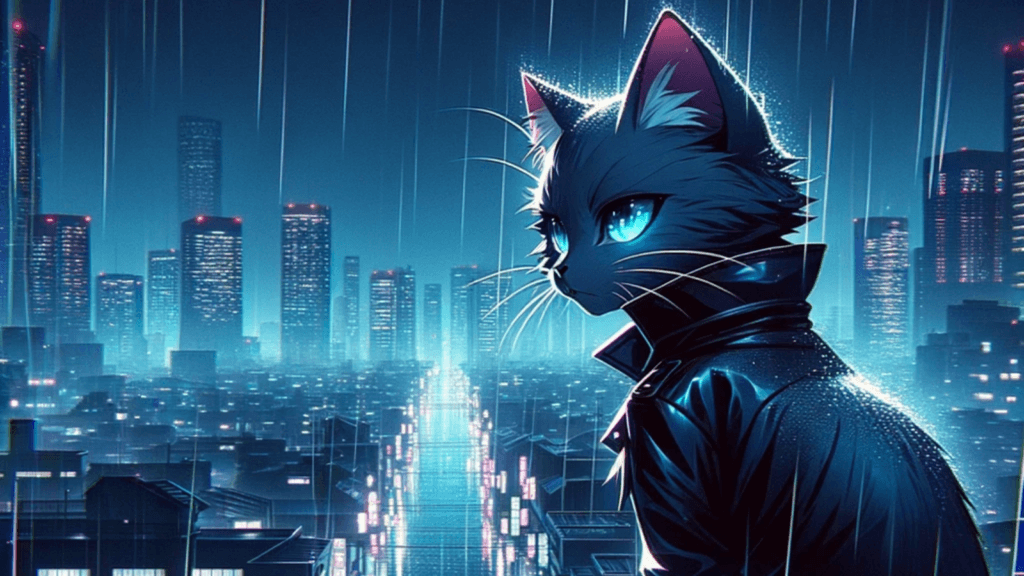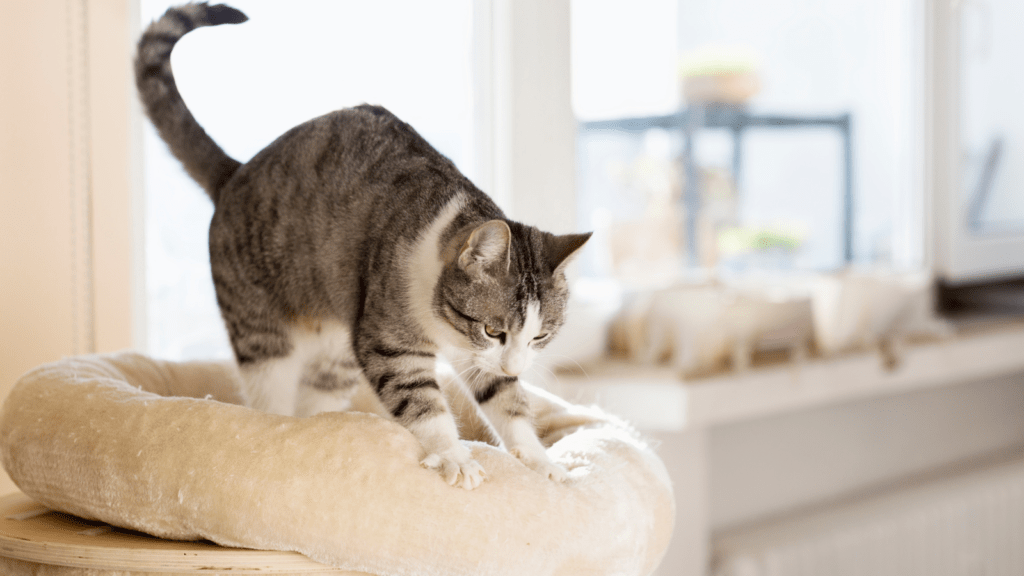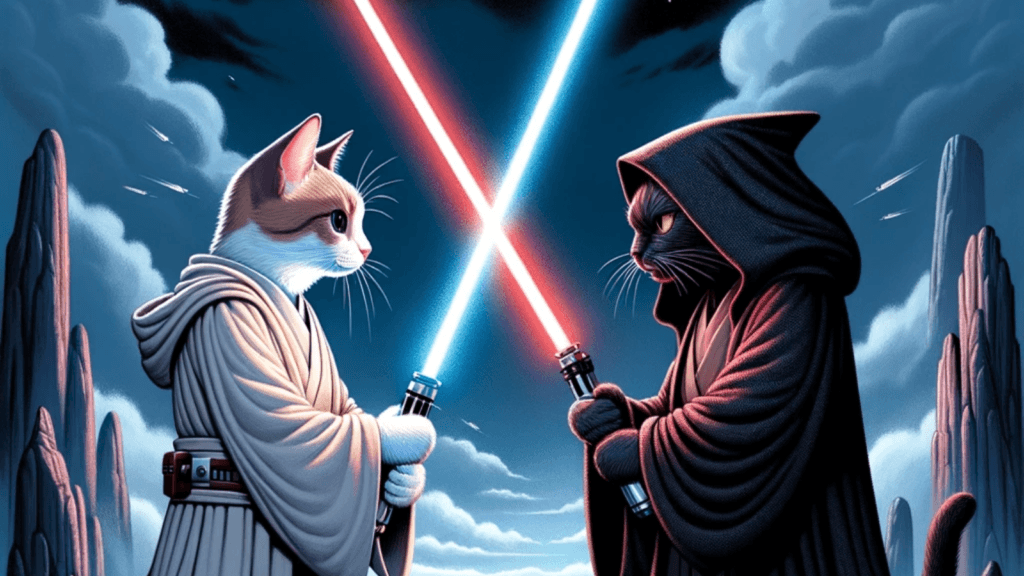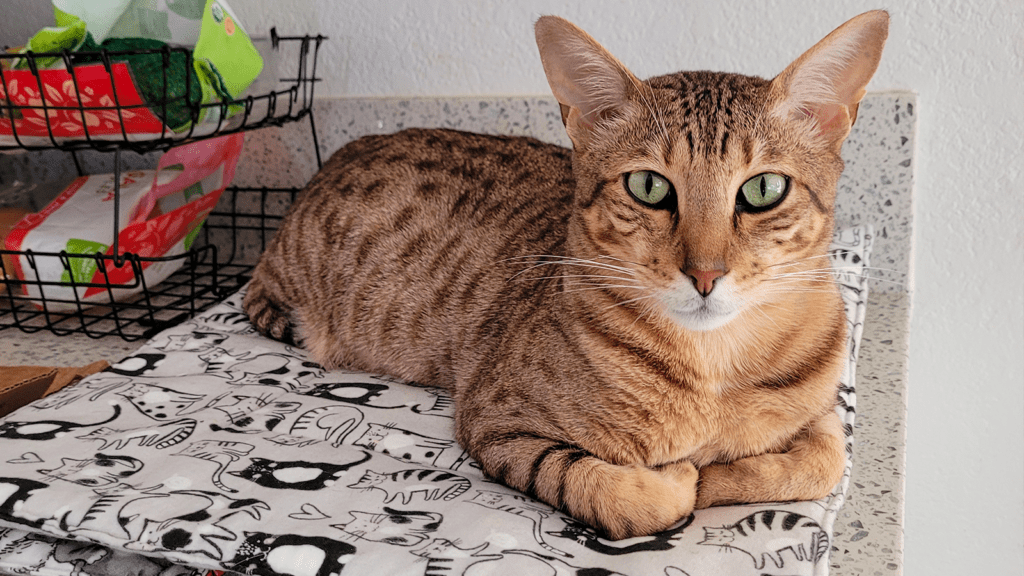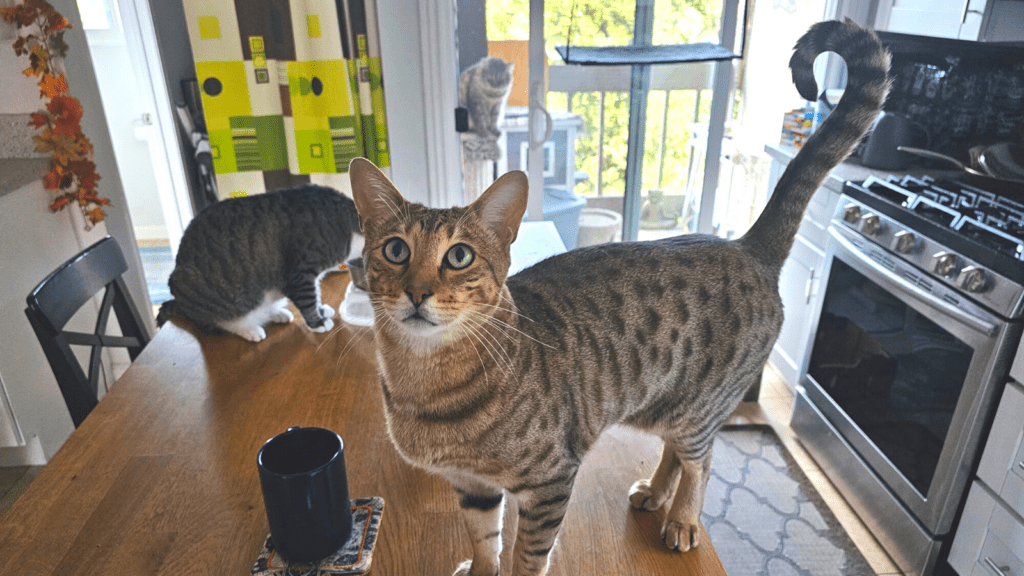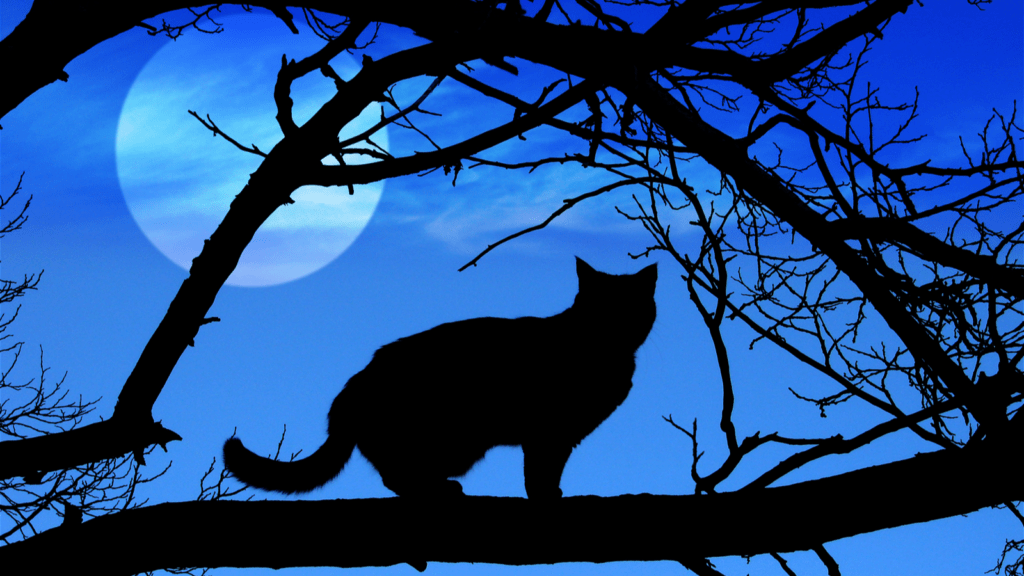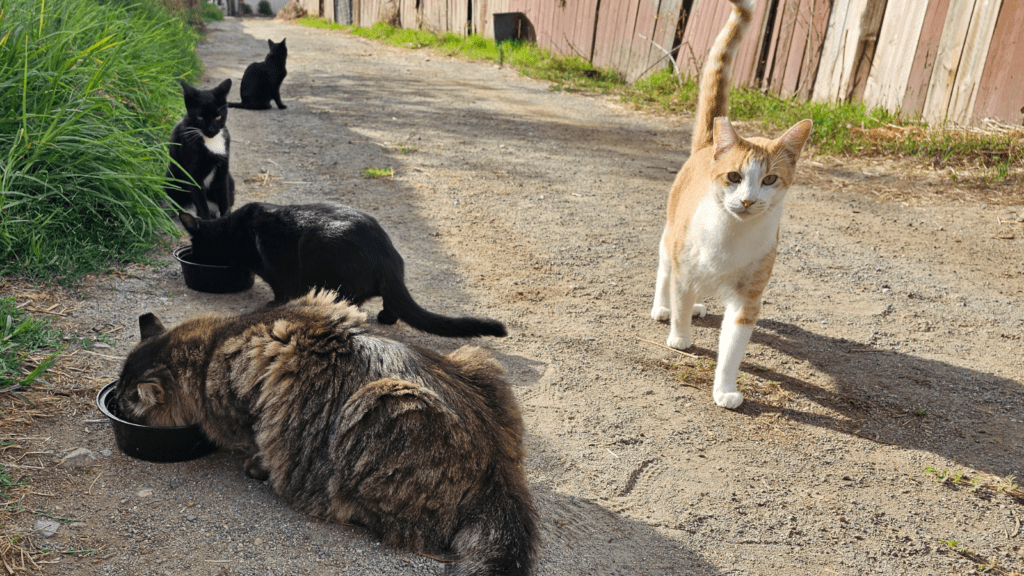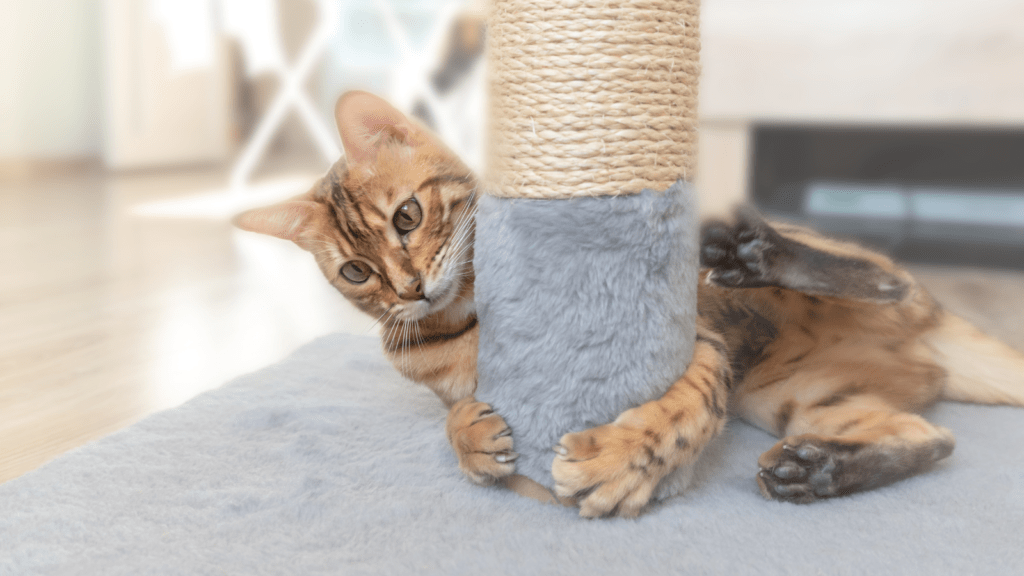Why Do Cats Make Biscuits? Have you ever noticed your cat “making biscuits” on a soft blanket, your lap, or even their favorite toy? This adorable behavior, known as kneading, has captivated cat owners for centuries. We’re going to delve into the fascinating world of cat kneading, exploring its origins, purposes, and emotional significance. Prepare to see pictures and videos of cats kneading dough and making biscuits to help us understand our feline friends and answer the question, “why do cats make biscuits?” The Art of Biscuit-Making: Understanding Cat Kneading Cat kneading, often referred to as making biscuits, is a rhythmic action where felines press their paws, usually into a soft object, often with purring and a peaceful demeanor. The exact cause of cats kneading remains uncertain; however, some feline experts believe this behavior is inherited from their wild ancestors who would knead grass or foliage to make it softer before lying down. Cats make biscuits for various reasons, including: Felines find soft materials such as blankets, pillows, and even the laps of their owners particularly suitable for kneading. These surfaces remind them of their mother’s warm and fluffy underbellies, which they knead as kittens to stimulate milk flow. Additionally, soft objects often hold scents, such as the scent of their owners, which feline friends find attractive. However, some cats are silly and will make air biscuits, which is particularly adorable. The act of kneading The process of kneading involves cats rhythmically pressing their paws onto a soft surface, alternately opening and closing them. This repetitive squishing manner is completely normal and is often observed by cat parents, who find it a typical behavior when their feline friends feel content and at ease. If your cat’s kneading on your lap becomes excessive, it is advisable to gently guide them to a more suitable surface, like a blanket, for their biscuit and dough making. Gently scooch them over to ensure their comfort and protect your skin from their sharp claws. Cats’ love for soft objects A cat’s attraction to soft items is not just comforting but also serves a practical purpose. As kittens, they knead their mother’s belly to stimulate milk production, forming a strong bond with her. This behavior continues into adulthood, providing comfort for the cat, often observed before a cat nap. It’s not uncommon for cats to display kneading behavior on soft objects such as blankets, pillows, and even their owner’s lap, sometimes purring while doing so. This purring indicates their contentment and relaxation in their surroundings, further showcasing their love for soft objects or their favorite person. The Origins of Biscuit-Making: From Kittens to Adult Cats Cat kneading behavior starts in kittenhood while nursing, as it stimulates milk flow and promotes bonding with the mama cat. This behavior continues into adulthood for comfort and possible nostalgia, often observed before a cat nap. Both male and female cats may drool while kneading, as though they are salivating in anticipation of milk. This behavior, referred to as the “mommy zone,” is likely a remnant of positive behavior displayed during kittenhood. The practice of cat biscuit-making, also known as kneading, has its roots in kittenhood. Most cats continue to engage in this activity when they feel content and relaxed, further reinforcing the emotional connection between the cat and its owner or environment. Nursing and nourishment The origin of cat biscuit-making, or kneading, is believed to be a reflex stemming from kittens’ instinctive nursing behavior. For kittens, kneading serves a practical purpose; it assists in acquiring nourishment from the mother cat. By stimulating the production of milk from their mother’s teat, the kitten can consume the vital nutrients needed for growth and development. As adults, cats continue to engage in this activity when they feel content and relaxed, further emphasizing the connection between kneading and emotional well-being. Transitioning from kitten to adult With age, the function of kneading in cats shifts from being a survival instinct to an activity that promotes comfort and emotional bonding. Kneading behavior in adult cats is a way of expressing their contentment and feeling secure in the presence of their owner. The distinction between kitten and adult biscuit-making is that in kittenhood, kneading stimulates the mother cat’s milk while nursing. Adult cats continue to knead as a behavior associated with comfort and contentment, further solidifying the emotional connection between the cat and its owner or environment. Emotional Connections: How Kneading Reflects Your Cat’s Feelings Kneading can be a reflection of a cat’s emotional state, showcasing feelings of contentment, relaxation, and affection towards their surroundings or owner. A kneading cat typically exhibits contentment and relaxation, often accompanied by purring, slow blinking, or drooling. Cats may knead to bond with their owner, showing affection and trust in their presence. By engaging in this behavior, cats are able to strengthen their emotional connection with their owners, further enriching their relationship and overall well-being. Contentment and relaxation A female cat that is kneading is often content and relaxed, sometimes even emitting a soft purr or slowly blinking while doing so. This behavior can be seen as an expression of their fondness and connection with their owners, providing a sense of comfort and security. Cats demonstrate contentment and relaxation through a repetitive motion of pushing their front paws in and out. If cats purr or slowly blink while kneading, they are likely content and relaxed, further showcasing their emotional connection to their owner or environment. Affection and bonding Cats use kneading as a cute gesture of affection and trust towards their pet owners, helping to forge a bond. This behavior is an indication of contentment and relaxation, thus demonstrating that the cats trust their owners. Cats knead their owners in order to establish a bond, utilizing their paws to create a biscuit-like motion. This is indicative of contentment and relaxation and serves as a means of exhibiting trust towards their owners. If a kitty is making biscuits on you, the cat likes you! My cat is making biscuits on me
